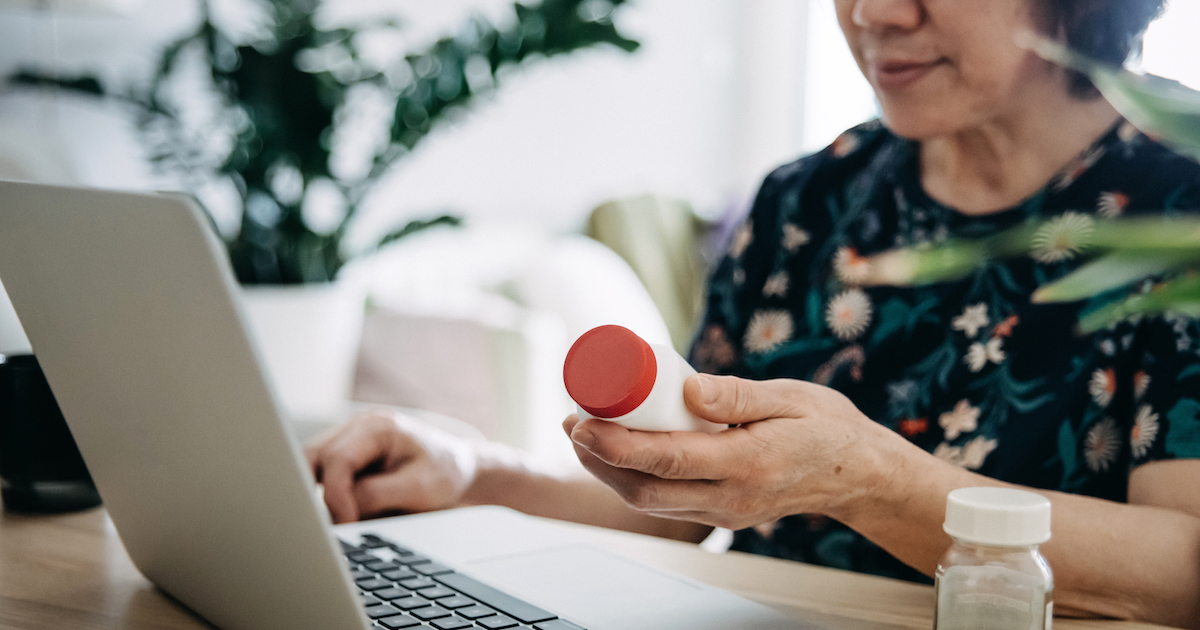 This week, a Kickstarter crowdfunding campaign for a sleep sensor, called Sense, reached and surpassed its $100,000 goal on the same day it launched. And while this company's crowdfunding success was almost immediate, a few companies, which are still weeks from their goals, have been gaining funds steadily.
This week, a Kickstarter crowdfunding campaign for a sleep sensor, called Sense, reached and surpassed its $100,000 goal on the same day it launched. And while this company's crowdfunding success was almost immediate, a few companies, which are still weeks from their goals, have been gaining funds steadily.
Some other campaigns that have launched recently include a connected health platform, a smart clothing system that purports to monitor epilepsy, a telemedicine service, and a couple of new wearable sensors.
Here are six digital health crowdfunding campaigns that have launched in the past month.

This is the first product out of Thiel Scholar James Proud's company, called Hello. Sense, which is a small white orb, tracks the noise, light, humidity, and temperature in a room. The device will turn green when it senses the room is at an appropriate temperature, light level and noise level.
If Sense finds the room is not a proper atmosphere for sleeping yet, it will alert the user through a companion app. Sense also comes with a small white clip that users can attach to their pillows, called Sleep Pill. In the morning, users can view their sleeping patterns, which the Sleep Pill senses, and also whether there were any outside disturbances, which Sense will track.
Users can also use the app to play back audio recordings of the outside disturbances so they can understand what broke their sleep throughout the night. Based on the outside disturbances and sleep patterns, the Sense app will provide users with a sleep score. The device will also play white noise or other sleep-friendly sounds if the user wants help sleeping. When users can choose to use Sense's wake up alarm, the device will wake them up at the right point in their sleep cycle. If a user has a partner, they can just order an extra Sleep Pill and Sense will detect both users' sleep.
The device costs $99 for early backers, but will preorder for $129. The campaign has raised more than $350,000 over the top of its $100,000 goal just two days into its campaign.

Quantified Care (formerly Smartphone Physical) has developed a marketplace of connected health devices to help clinicians choose tools for their practice. Current Quantified Care partners include AliveCor, iHealth, Withings, MobiSante, and CellScope. The company wants to use the funds from its current Indiegogo campaign to launch the marketplace. The campaign has raised $6,000 of its $16,000 goal so far.
The company was a part of DreamIt Health's 2014 Baltimore accelerator, which began earlier this year. At the time it described itself as a “large-scale demonstration of a series of smartphone-based devices that provide clinically relevant information,” including many of the smartphone-connected medical devices MobiHealthNews has written about in the past.

Paris-based health device company BioSerenity, UK-based epilepsy organization Epilepsy Action, and France-based eplilepsy organization EFAPPE collaborated to develop WEMU, a smart clothing system that monitors epilepsy. According to the Indiegogo page, to treat epilepsy, doctors need to record a seizure to better understand the condition.
While this kind of monitoring is generally conducted at a hospital with a fixed EEG system, BioSerenity's alternative is a shirt and hat embedded with EEG, ECG, and EMG sensors. It records brain activity for several days at a time, which increases the chance that the system will record a seizure.
The data is collected via Bluetooth and sent to a companion app. The information is stored locally and also sent to a secure cloud system from which a doctor can see the data. The data will also be sent to research organizations that have partnered with BioSerenity so that researchers can use it to help them develop pattern detection systems.

Call-A-Doc's product, called mylifePERX, is an app that allows patients to connect with physicians. To use the software, patients just fill out health information on the app and then are connected to a doctor who is licensed in their state. Sessions are not set to a time limit and afterwards, the doctor can diagnose the problem and send a prescription to a local pharmacy if necessary. The average callback time for the service is 22 minutes.
The company will use the funds to expand their service to rural areas. The campaign adds that the average price for the service is $10 to $15 per month for a family of four, with no additional consultation fee. mylifePERX already offers telehealth kiosks.
The company has raised $1,000 of its $25,000 goal.

LifeTip is a connected device that monitors movements, steps, calories consumed, back posture, temperature, and ECG. The company created a woman's version which is designed to attach to a woman's bra magnetically and the man's version can be inserted into a LifeTip shirt. According to the company, the sensors don't need to touch the skin to sense these metrics.
The campaign also explains that the device "tracks and analyzes your electrical heart activity (ECG), is able to promptly recognize deadly arrhythmias with an immediate call for emergency medical services while you are unconscious. Moreover it can prompt and guide people who are near you to start cardiopulmonary resuscitation with appropriate messages."
While the LifeTip campaigners say the device is not a medical device in their frequently asked questions section, some of the claims made in the campaign page would likely put it into FDA-regulated territory. Given that the LifeTip team is hanging their hat on their ECG sensing as a differentiator, this may cause the company some trouble in the US market.
The company has raised $10,852 of its $65,000 goal.

ActvContent has developed a smartband that is aimed at the whole family. The wristworn wearable tracks sleep and fitness, but also helps family members locate each other. Families can even create a digital zone for a family member, so if that person leaves a perimeter while wearing the band, others will be alerted.
The campaign encourages the family to get active together. From a connected app, users can see how many steps everyone in their family has taken and they can also set goals.
So far, the device has raised $15,000 of its $50,000 goal.


